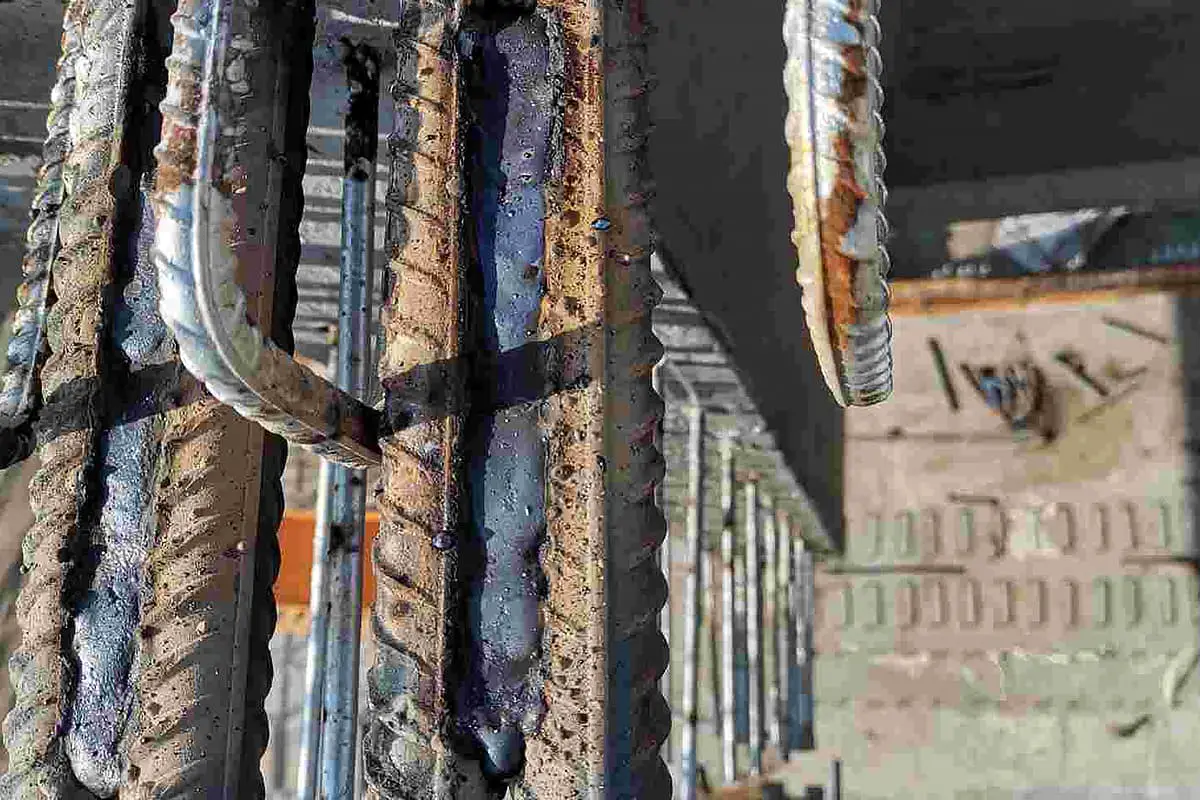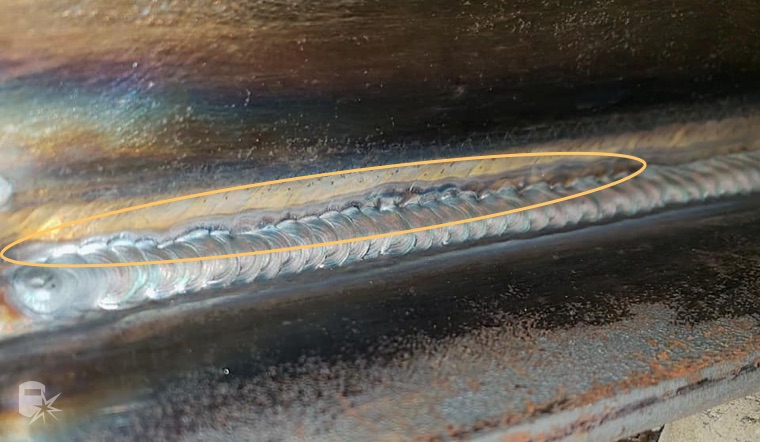Just How to Prevent Weld Undercut: Vital Tips for Welders
Just How to Prevent Weld Undercut: Vital Tips for Welders
Blog Article
Important Tips for Welders: Preventing Undercut Welding and Ensuring Stronger Weld Joints
In the world of welding, accomplishing long lasting and solid weld joints is the foundation of generating premium job. However, one usual obstacle that welders often come across is undercut welding, which can compromise the stability of the weld joint. By comprehending the elements that add to undercutting and carrying out the right strategies and preventative measures, welders can efficiently stop this problem and guarantee the long life and toughness of their welds. Let's explore some necessary ideas that can aid welders navigate this obstacle and raise the high quality of their welding tasks.

Recognizing Undercut Welding
Undercut welding is a common welding problem that happens when the weld metal stops working to properly load the groove and causes a groove-like anxiety along the weld grain. This problem compromises the weld joint, making it vulnerable to splitting and failing under tension. Damaging can be brought on by numerous factors, including too much welding existing, high welding rate, improper electrode angle, incorrect electrode dimension, and bad welding method.
One of the major reasons for undercut welding is an imbalance in between the welding existing and the welding speed. If the welding current is too expensive or the welding rate is also fast, the weld metal may not effectively load the groove, bring about undercutting. Furthermore, using an electrode that is also huge can result in a comparable end result, as the excess steel can not correctly stream into the groove.
To avoid undercut welding, welders ought to ensure they are making use of the correct welding parameters, preserve an appropriate electrode angle, choose the appropriate electrode size, and method proper welding methods. By addressing these variables, welders can reduce the danger of undercutting and create stronger, more dependable weld joints.
Proper Welding Technique
Effective welding technique plays an important duty in guaranteeing the top quality and honesty of weld joints. One essential facet of appropriate welding strategy is maintaining the appropriate angle and distance between the welding gun and the workpiece.
In addition, a constant and stable hand activity is essential for producing strong and resilient weld joints. Welders ought to go for smooth, uniform activities to guarantee even circulation of the weld product. Correct adjustment of the welding gun and filler material is additionally vital to achieving optimum penetration and blend.
Additionally, managing the warmth input and selecting the suitable welding parameters based upon the product being welded are essential consider accomplishing high-grade welds - Preventing weld undercut. Welders must adhere to the suggested setups provided by welding procedure requirements and adjust them as required based upon the specific demands of the task. By mastering correct welding strategies, welders can dramatically boost the strength and dependability of their weld joints
Selecting the Right Electrode
When thinking about the value of choosing the appropriate electrode in welding applications,Preserving the correct angle and range in between the welding gun and the work surface is essential. The selection of electrode plays an important duty in establishing the quality and stamina of the weld joint. Electrodes come in various kinds, each made for certain purposes and materials.
First of all, picking the ideal electrode size is essential. Thinner electrodes are suitable for welding slim products, while thicker electrodes are better for thicker products and greater warm applications. Matching the electrode diameter to the thickness of the work surface assists achieve a balanced weld.
Second of all, recognizing the product composition of the electrode is important. Various electrodes are designed for welding particular materials like steel, stainless-steel, aluminum, or cast iron. Using the correct electrode product guarantees great combination and minimizes the risk of issues in the weld.
Lastly, considering the welding position and method is important when picking the electrode kind. As an example, specific electrodes are better suited for overhanging or vertical welding positions, while others work well for flat or straight settings. Selecting the ideal electrode based upon the welding strategy boosts the overall weld quality and stability.
Preparing the Base Metal
To guarantee a successful welding procedure, what first actions should be taken when preparing the base steel for welding? Properly preparing the base metal is critical for accomplishing solid and long lasting weld joints. The initial step in preparing the base steel is to clean it completely to remove any you could look here kind of pollutants such as corrosion, oil, dust, or paint. This can be done using a cord brush, mill, or chemical solvents. In addition, any kind of existing weld material or deposit from previous welding ought to be removed to make certain a tidy surface for the brand-new weld.

Carrying Out Post-Weld Evaluations

After conducting these assessments, welders need to compare the results against market requirements and project demands to make sure that the weld more tips here joint satisfies all necessary criteria. Any inadequacies or deviations uncovered throughout the post-weld inspection ought to be quickly attended to with suitable restorative measures to ensure the weld's stability. By faithfully doing post-weld evaluations and quickly addressing any issues, welders can support the high quality and integrity of their job, inevitably adding to the safety and longevity of the bonded structures.
Conclusion

In final thought, stopping undercut welding and guaranteeing stronger weld joints call for a combination of correct welding technique, choosing the best electrode, preparing the base steel properly, and conducting post-weld inspections. By comprehending the sources of undercut welding and implementing the necessary precautions, welders can create top notch weld joints that satisfy industry standards and make sure the structural honesty of the bonded components.
Undercut welding is an usual welding problem that takes place when the weld metal stops working to appropriately fill up the groove and results in a groove-like anxiety along the weld bead (Preventing weld undercut). Undercutting can be triggered by numerous factors, including excessive welding existing, high welding speed, incorrect electrode angle, inaccurate electrode dimension, and inadequate welding strategy
One of the major factors for undercut welding is an inequality in between the welding this link existing and the welding speed. If the welding current is too high or the welding speed is too quick, the weld metal might not properly load the groove, leading to undercutting.Keeping the correct angle and distance in between the welding weapon and the work surface is basic when taking into consideration the importance of picking the right electrode in welding applications.
Report this page